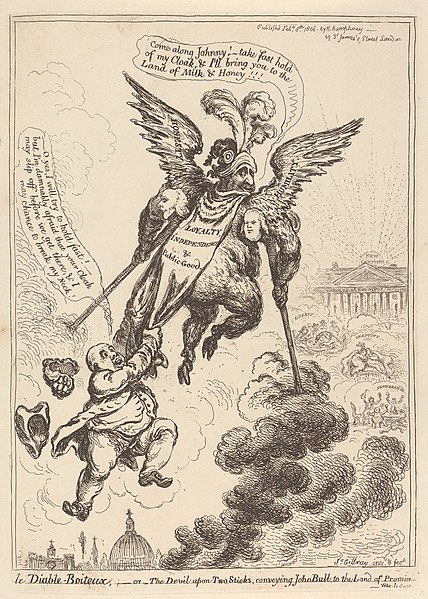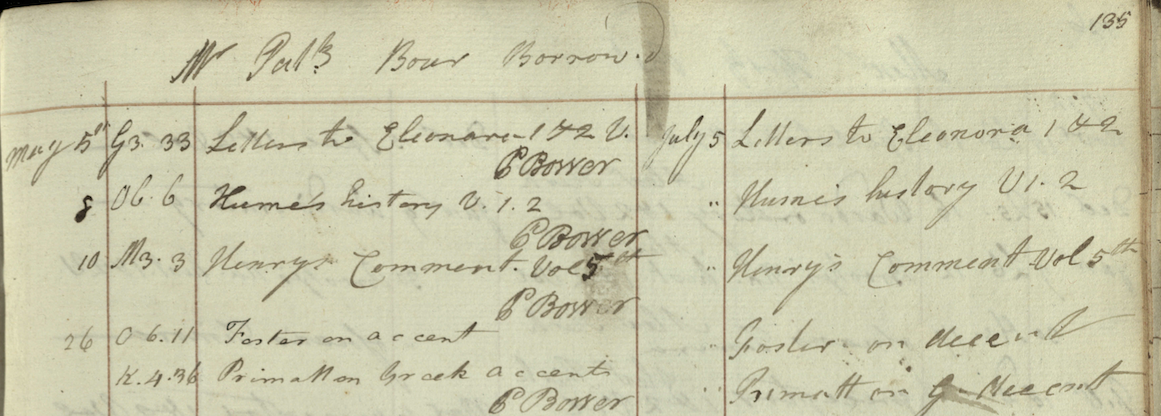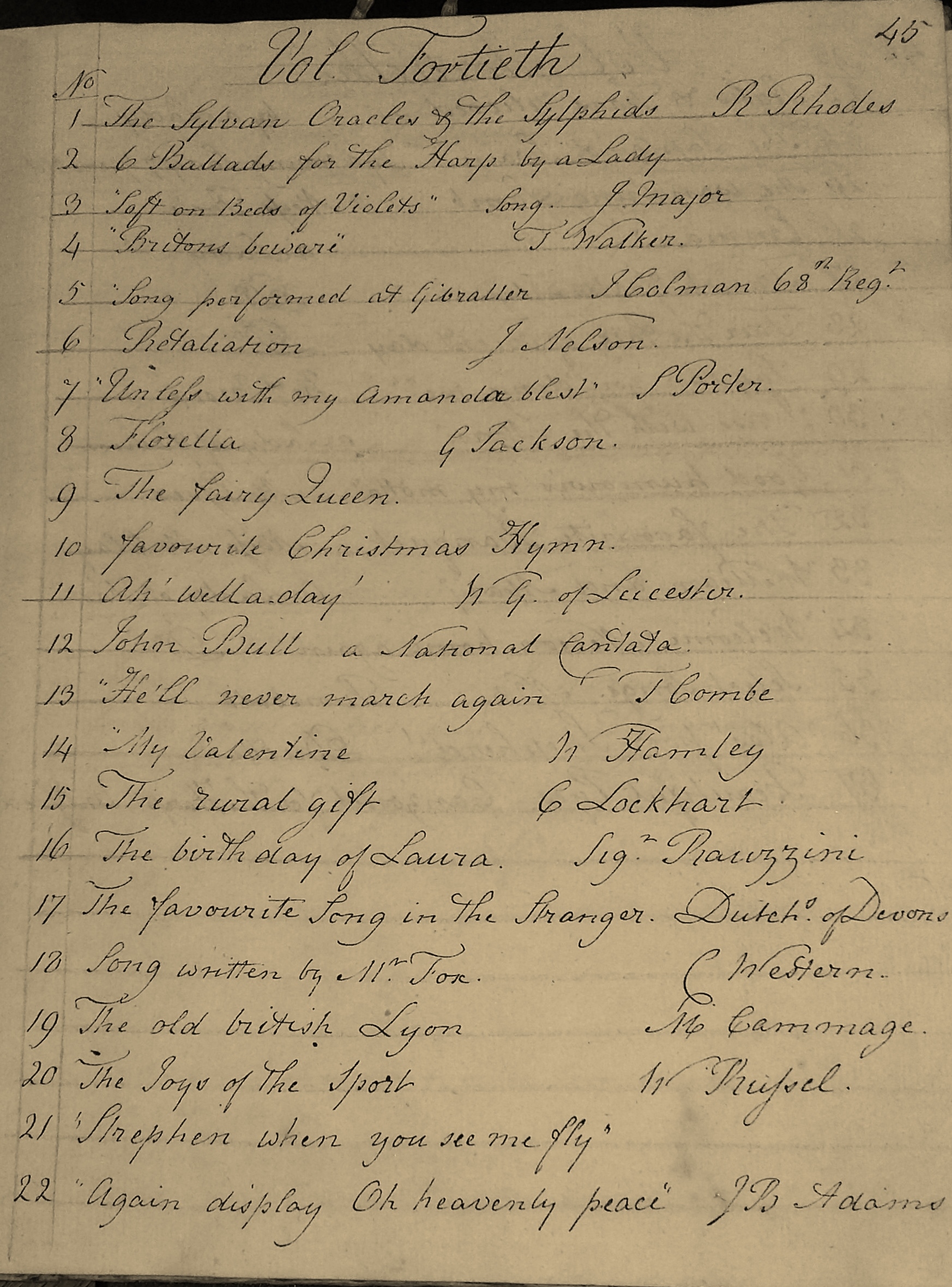Tag: St Andrews University Library
Hallowe’en Reading
Happy Spooky Season to all our loyal readers! Having just come back from the USA, where Hallowe’en is everywhere throughout October, I thought I would see what kinds of spooky reading events I could find in our dataset. A quick keyword search in our new digital resource (soon to be fully open to the public!) […]
Penned in the Margins
One of the things that the Books and Borrowing database allows us to do is find out which library holdings were heavily used in the period the project covers, determine whether books still remain in collections and then see if any evidence of use survives between their covers. We’ve not yet had the chance to […]
David Brichan: The Borrowings of a St Andrews University Student
As a student, I admit the thought of undertaking cutting-edge research with the ‘Books and Borrowing’ Project was at first daunting. Funded by a Carnegie Trust Vacation Scholarship, my project concerns itself with the French Revolution and its effects, if it had any, on the reading practices of St. Andrews University students and the wider […]
Celebrity Spotting – Robert Riddell at St Andrews
Work has been continuing on the massive body of borrowing data we have from St Andrews University library. With the roughly 4,000 records of the 1748-1753 mixed professors/students register entered into our system, my attention has recently been on the 1772-1776 student ledger. This volume presents some distinctive challenges. In general, librarians’ record-keeping develops a […]
7 Pieces of Music to be Arranged: Women Borrowers and the First Female Cataloguer of the St Andrews Copyright Music Collection
Guest post by Dr Karen E McAulay, Royal Conservatoire of Scotland In 1801, the University of St Andrews started binding a backlog of legally deposited sheet music. Music was roughly sorted into volumes for voice, piano or instrumental ensemble; binding became a routine practice over the subsequent three and a half decades. The music was […]





